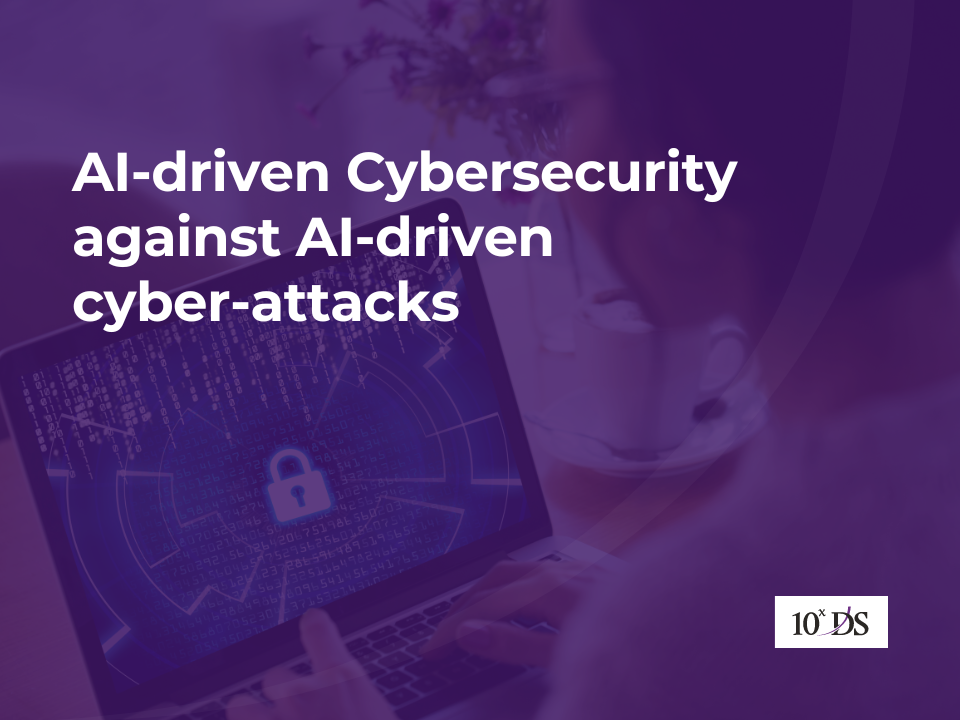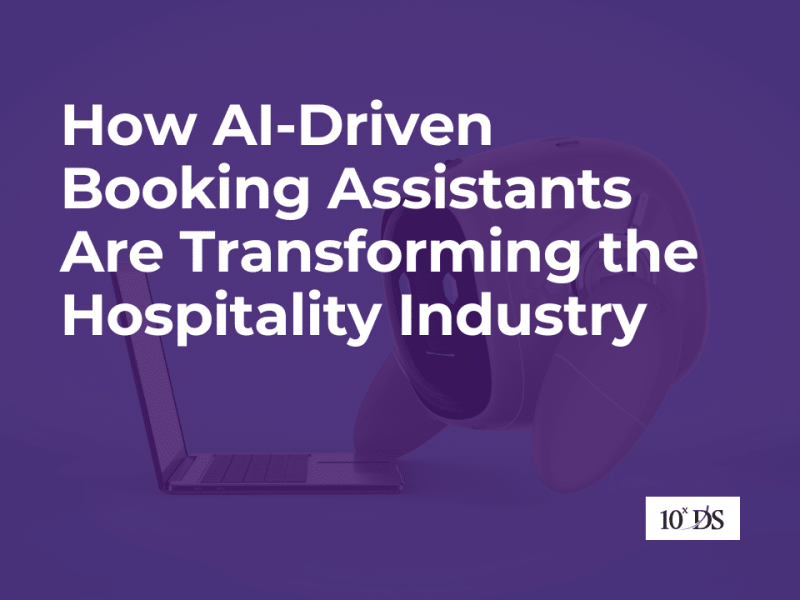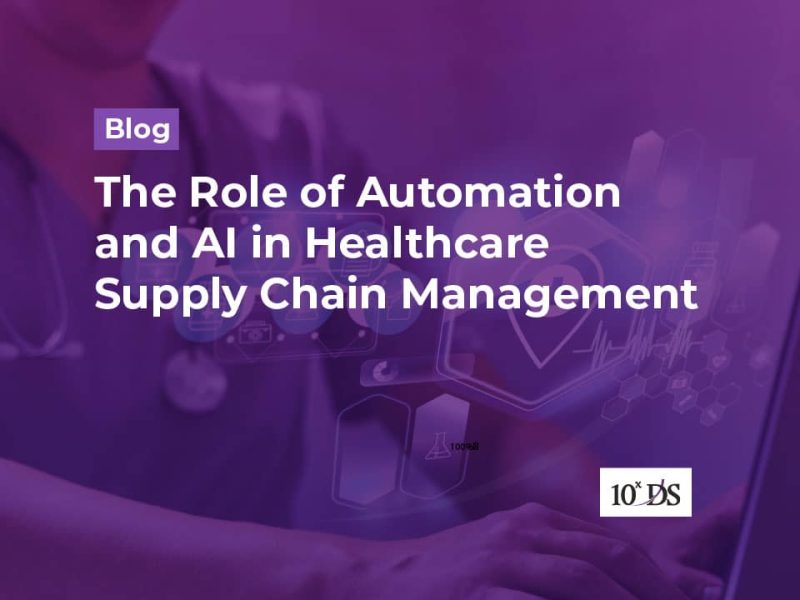
AI-driven Cybersecurity against AI-driven cyber-attacks
AI-driven cyber-attacks are rapidly evolving and are expected to significantly shape the cybersecurity landscape in 2024. The increasing sophistication of AI technologies is enabling more complex and harder-to-detect attacks, making it a critical focus for cybersecurity professionals.
Generative AI and Phishing Attacks: Generative AI is being used to create highly convincing phishing emails and deepfakes, which bypass traditional detection methods. These advanced AI tools eliminate typical indicators of phishing, such as poor grammar and odd formatting, making them more effective at deceiving targets.
AI in Social Engineering and Malware: AI is being used to enhance social engineering attacks, including business email compromise and virtual kidnapping scams. Additionally, AI can generate sophisticated malware that adapts to evade detection, increasing the challenge for cybersecurity defenses (Trend Micro | Newsroom).
Supply Chain and Cloud Security: AI-driven attacks are anticipated to target supply chains, exploiting vulnerabilities in software dependencies and third-party components. In cloud environments, attackers are expected to use AI to discover and exploit vulnerabilities at scale, necessitating advanced AI-based security measures to protect cloud-native applications.
Regulatory and Defensive Measures: As AI-driven threats grow, there is a push for both industry-led regulation and innovative defense strategies. Security leaders are encouraged to adopt proactive measures, such as continuous threat exposure management and advanced identity and access management (IAM) practices, to enhance organizational resilience.
While AI presents significant defensive capabilities, such as predicting and thwarting attacks before they occur, it also equips attackers with powerful tools. This duality called the Double-Edged Sword of AI necessitates a balanced approach, integrating AI into security operations while preparing for its misuse by adversaries. AI-driven cyber-attacks are prompting significant shifts in how organizations approach cybersecurity, leading to the development of more advanced and proactive protection strategies. The cybersecurity industry must innovate rapidly to keep pace with the evolving AI threat landscape. This includes developing AI-based security solutions, implementing robust policies, and fostering cross-industry collaboration to combat the increasing sophistication of AI-driven cyber-attacks.
Here are several ways in which AI-driven cyber-attacks are reshaping cyber protection:
AI for Enhanced Threat Detection and Response Capabilities:
Cybersecurity defenses are increasingly leveraging AI to detect and respond to threats in real-time. AI algorithms can analyze vast amounts of data to identify patterns and anomalies indicative of malicious activity, enabling quicker and more accurate detection of threats. AI enables predictive analytics that can anticipate potential threats before they materialize. AI finds hidden threats (80%) & predicts new attacks (66%) as per a study by All About AI. By analyzing historical data and identifying trends, AI can predict the likelihood of future attacks, allowing organizations to bolster their defenses proactively.
Automated Real-Time Incident Response:
AI-driven systems can automate responses to detected threats, minimizing the time between detection and mitigation. Automated incident response can include actions like isolating affected systems, blocking malicious IP addresses, and initiating data recovery processes. AI systems can adapt to evolving threats by continuously learning from new data. This adaptive capability ensures that cybersecurity measures remain effective against the latest attack techniques.
Improved Phishing and Social Engineering Defenses:
Advanced Email Filtering using AI is being used by many organizations as it enhances email security by analyzing the content, context, and metadata of emails to identify sophisticated phishing attempts. This can reduce the likelihood of successful phishing attacks that exploit human vulnerabilities. AI can also monitor user behavior to detect anomalies that may indicate social engineering attacks. For example, AI can flag unusual login locations or access patterns that deviate from a user’s typical behavior, prompting further investigation.
Strengthened Supply Chain Security:
AI helps secure software supply chains by analyzing dependencies and identifying potential vulnerabilities in third-party components. This is called Dependency Management and this proactive approach reduces the risk of supply chain attacks that exploit software dependencies. Also, AI-driven continuous threat exposure management (CTEM) programs enable organizations to continuously evaluate and remediate vulnerabilities in their supply chains, ensuring a more robust defense against supply chain attacks.
AI-Powered Regulatory Compliance and Risk Management:
AI facilitates comprehensive risk assessments by analyzing various factors, including third-party risks, data privacy concerns, and compliance requirements. This helps organizations stay compliant with regulations and manage cyber risks more effectively. AI helps translate cybersecurity efforts into outcome-driven metrics that can be communicated effectively to stakeholders, bridging the gap between technical teams and business executives. Outcome-Driven Metrics (ODMs) are a method of evaluating and communicating the effectiveness of cybersecurity initiatives by linking them directly to specific outcomes that are meaningful to the organization. Unlike traditional metrics, which might focus on activities or technical performance (such as the number of patches applied or the volume of network traffic analyzed), ODMs emphasize the results and impact of cybersecurity efforts in terms that are understandable and actionable for non-technical stakeholders, such as executives and board members.
Overall, the integration of AI in cybersecurity is transforming the landscape, providing more sophisticated and dynamic defenses against increasingly complex and AI-driven cyber-attacks. AI-powered tools are being used by 59% of companies for network security risk assessment, enhancing predictive capabilities and vulnerability management and The use of AI for continuous, real-time monitoring and incident response is preferred by 73.8% of organizations. This statistics by All about AI emphasizes the value of AI in providing round-the-clock security. These advancements are essential for staying ahead of attackers and ensuring the resilience of digital infrastructures.
Talk to our experts to learn more.


